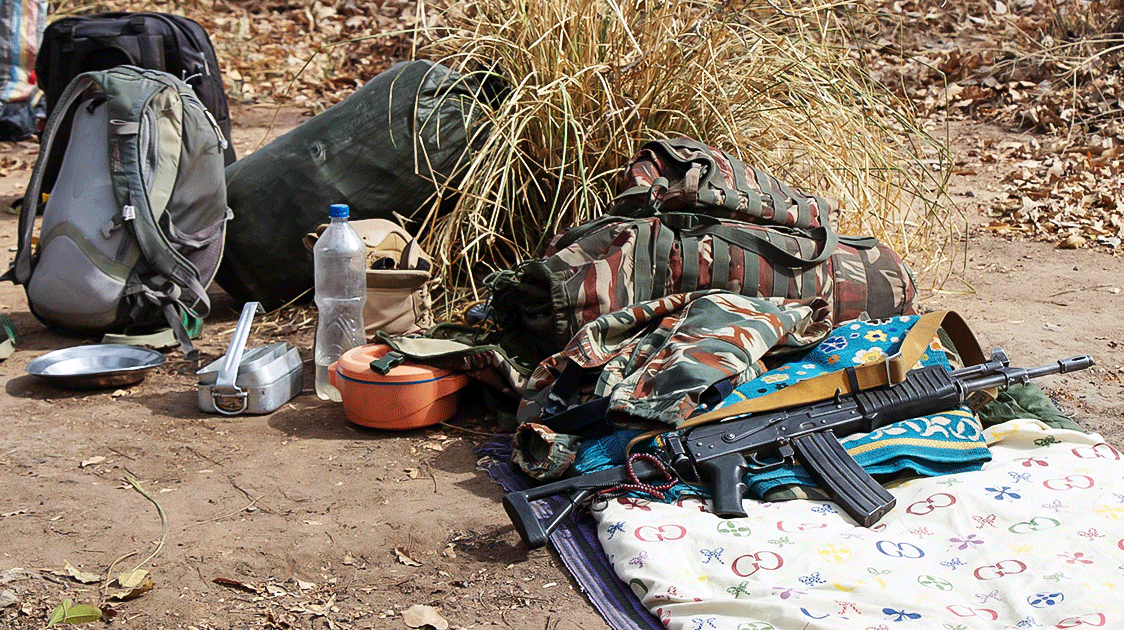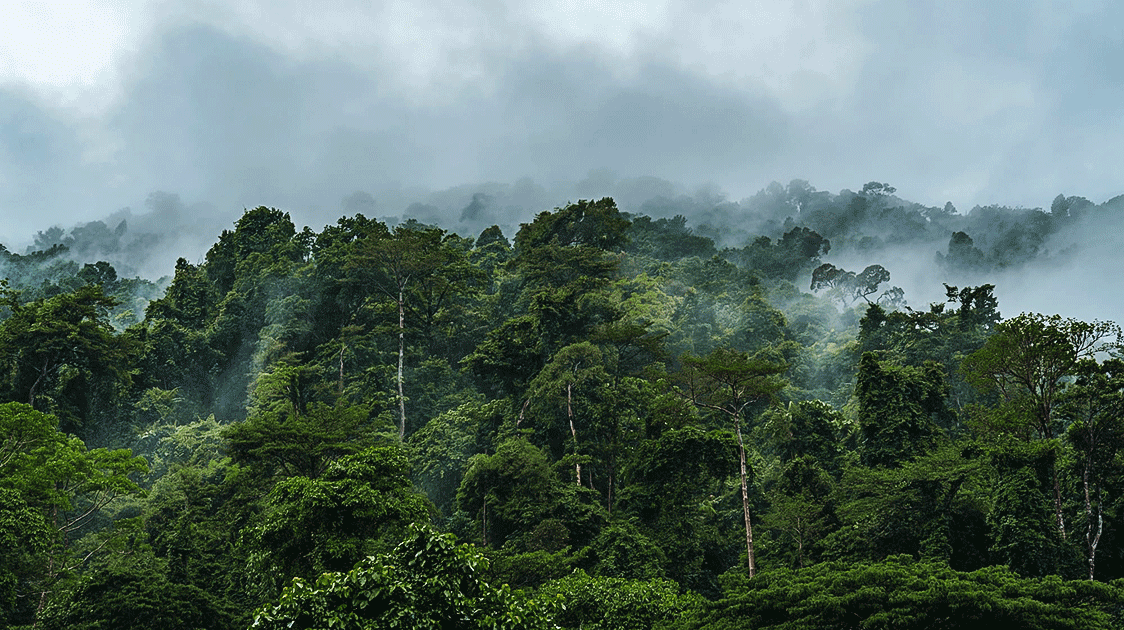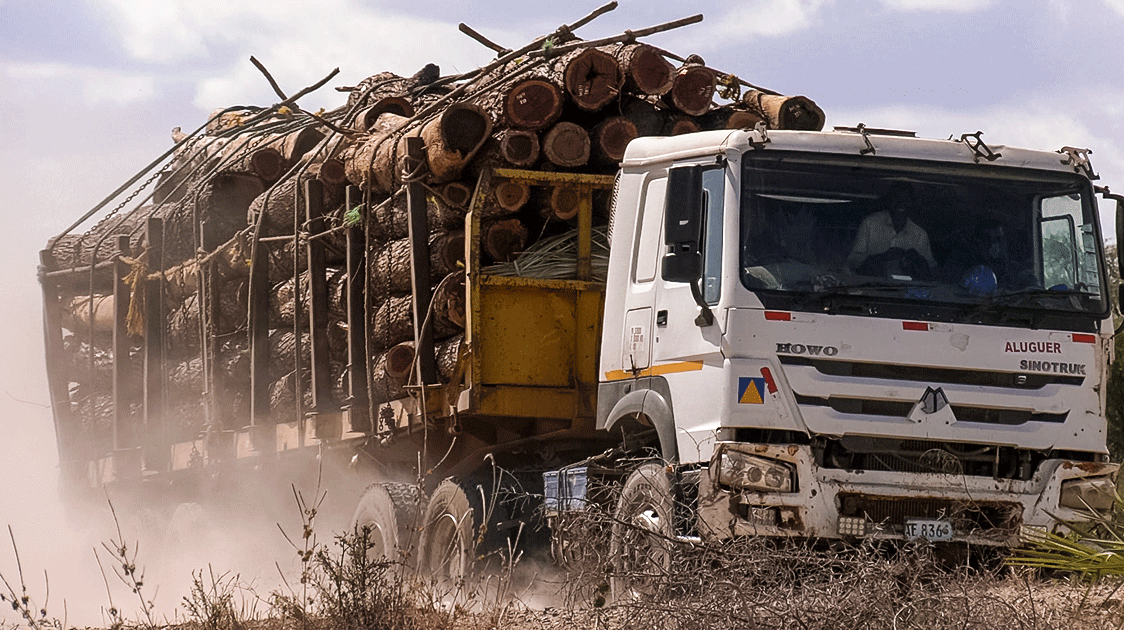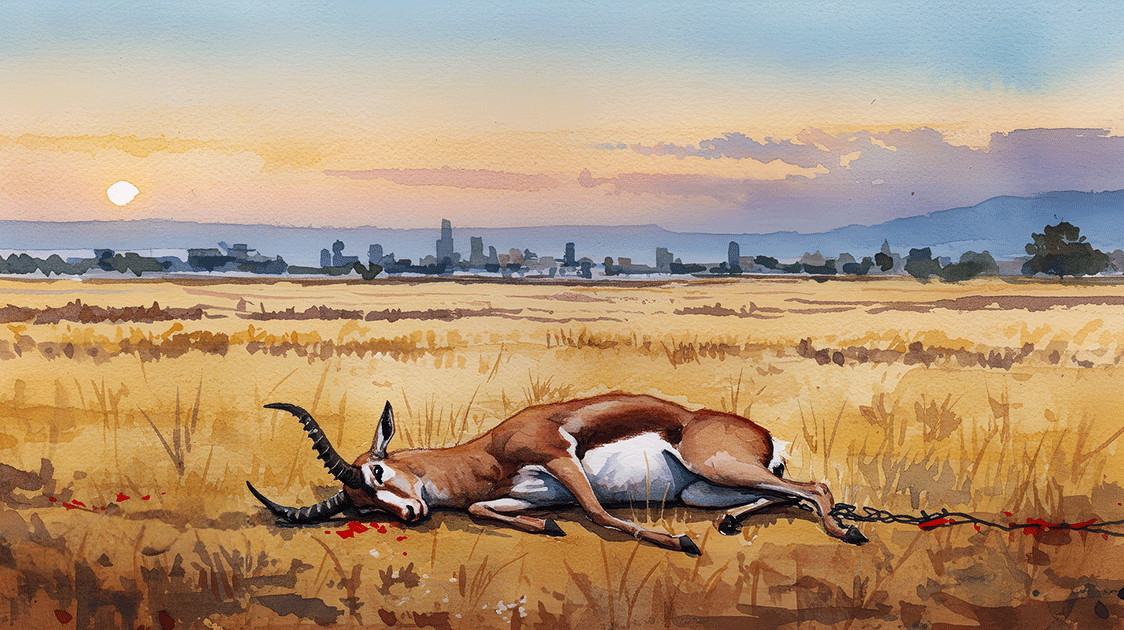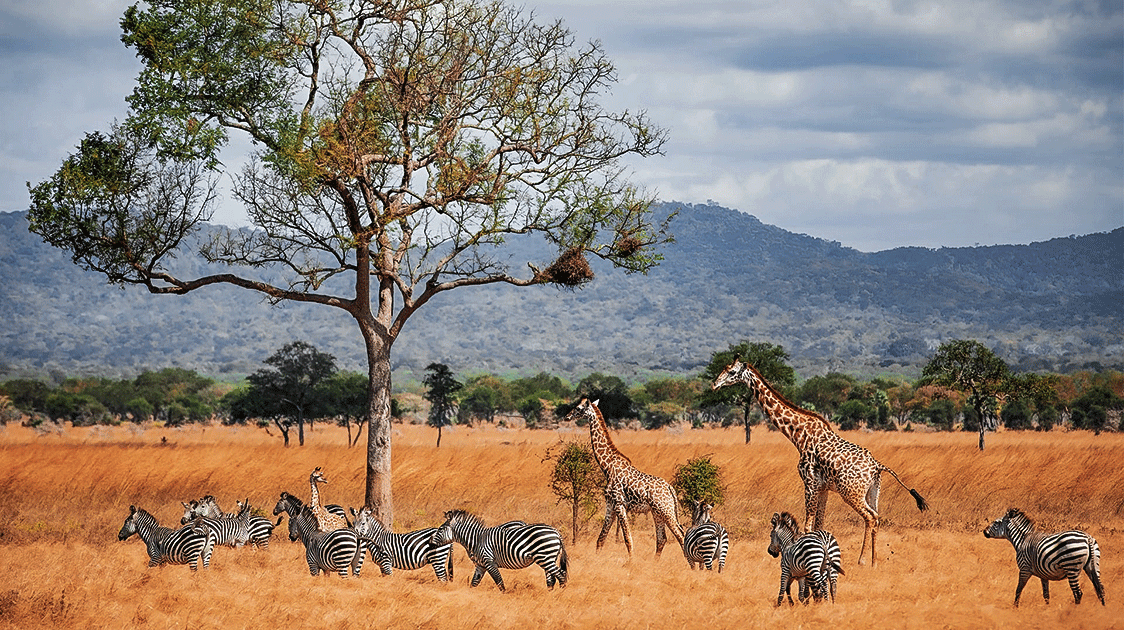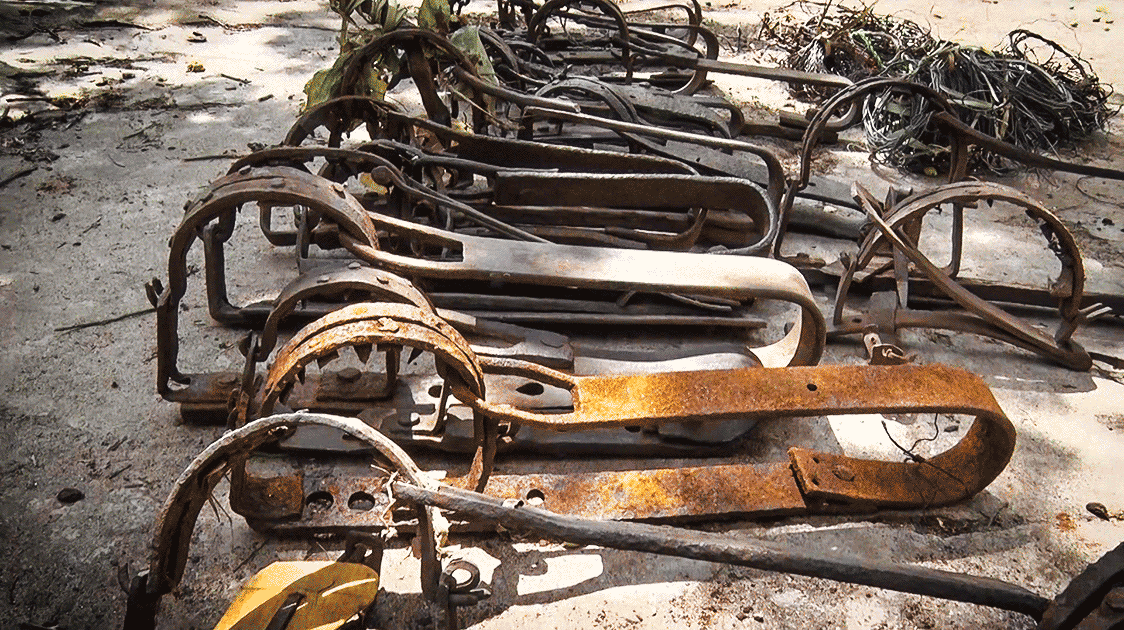The Bushmeat Trade in Africa: Economic Dynamics of a Multi-Billion Dollar Market
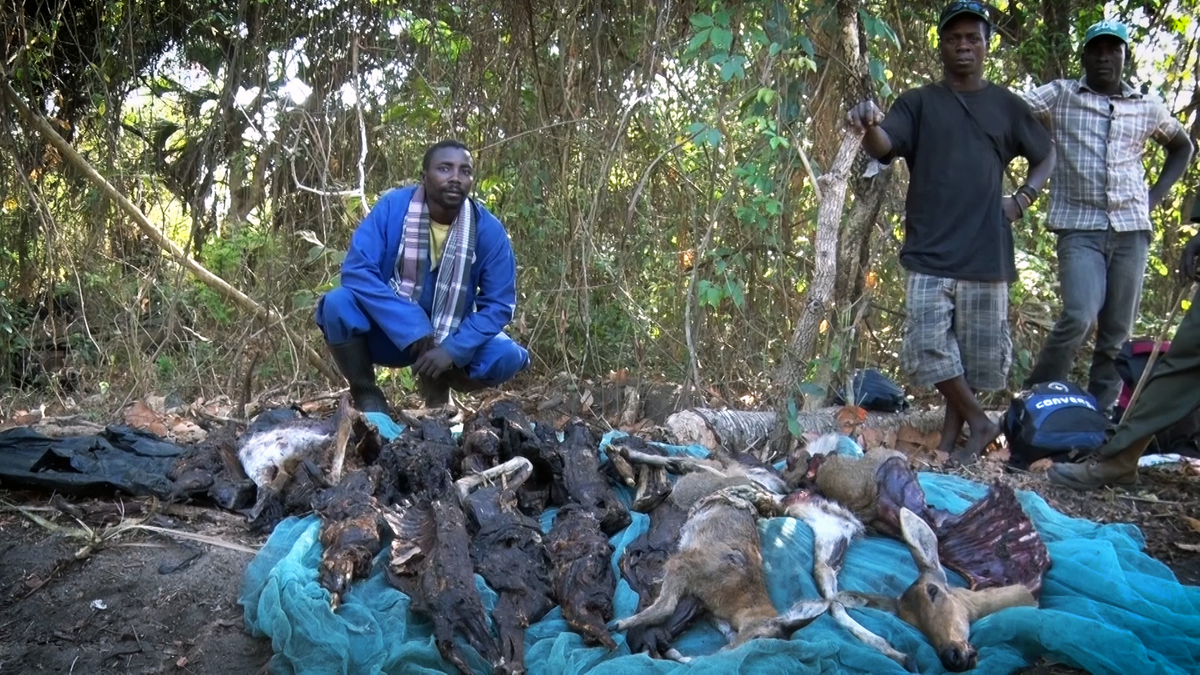
The Bushmeat Trade in Africa: Economic Dynamics of a Multi-Billion Dollar Market
The bushmeat trade represents one of Africa's largest unregulated protein markets, with an estimated annual volume of 1 to 5 million tons in West and Central Africa alone. This informal economy generates hundreds of millions of dollars annually while supporting millions of livelihoods across the continent.
However, the economic model driving this trade raises critical questions about sustainability, market efficiency, and long-term financial viability.
For broader context on Africa's protein market dynamics, see our analysis: The Economics of Protein Supply in Africa: Why Supply Chains Determine Market Winners
Market Scale and Economic Value
Trade Volumes and Geographic Distribution
The Congo Basin alone accounts for an estimated 2.2 million tons of bushmeat extraction annually, making it one of the world's largest markets for wild meat. According to conservation research, the trade extends far beyond subsistence hunting, operating as a sophisticated commercial network that spans rural hunting grounds, urban centers, and international markets.
Country-specific data reveals significant variations in market dynamics:
- Tanzania: 2,078 tons confiscated annually with a value exceeding US$50 million
- Central African Republic: An estimated 59,000 tons are sold illegally each year
- Mozambique: 182,000–365,000 tons consumed annually, valued at US$365–730 million per year
Market Structure and Value Chains
The bushmeat commodity chain operates through distinct actor groups, each capturing different profit margins. Research on West African commodity chains reveals the following profit distribution:
Rural Hunters: Generate significant profits, as the bushmeat trade offers substantial potential for economic contribution to rural households. In Zambia, the median income of poachers involved in the bushmeat trade was $48 per month compared to $15 for non-participants.
Urban Traders: Make relatively small profits compared to poachers, serving primarily as intermediaries in the value chain.
Market Integration: Kin support networks play a crucial role in minimizing costs, with nearly half of all bushmeat traders inheriting their businesses and many employees being family members.
Economic Drivers and Market Dynamics
Demand-Side Economics
Urban demand drives much of the commercial bushmeat trade. Analysis by conservation organizations shows that bushmeat is generally seen as a status symbol by wealthy urbanites, considered a way to stay true to cultural roots despite modernization and urbanization. This cultural premium allows the market to command higher prices than conventional protein sources.
Supply-Side Factors
Struggling economies, increasing demand for urban centers, and advances in hunting technologies have transformed the bushmeat trade into a lucrative national and international business. Key supply factors include:
- Infrastructure Development: The bushmeat trade expanded significantly in the 1980s as commercial logging created road access to previously inaccessible regions
- Economic Necessity: The bushmeat trade serves as a refuge source of revenue during economic recessions, pandemics, or dry seasons when agricultural activities are limited
- Seasonality: Trade volumes peak outside farming seasons, indicating that bushmeat trading is part of a diversified livelihood strategy
Professional Market Characteristics
Recent research reveals that bushmeat vendors constitute a professional category engaged in profitable, long-term careers, challenging perceptions of this as a purely subsistence activity.
Regional Market Variations
West Africa Market Dynamics
In northern Ghana, the prices of mammal species ranged from a minimum of GHS 4 (approximately USD 0.74) for a whole giant rat to GHS 42 (approximately USD 7.82) per piece of common warthog meat. The market exhibits distinct seasonal patterns and species preferences, which are influenced by local ecosystem characteristics.
Central Africa Trade Networks
The urban bushmeat trade in Central Africa provides income for thousands of people and is estimated to be worth hundreds of millions of dollars. Major trading centers, such as Yaoundé in Cameroon and Kinshasa in the Democratic Republic of the Congo, serve as regional hubs.
Economic Impact of COVID-19
The pandemic provided insights into market resilience and adaptability. Research across West and Central Africa found that vendors globally reported that COVID-19 negatively impacted bushmeat trade profitability, with significant discrepancies among West and Central African countries due to different political responses:
- Côte d'Ivoire: Severely affected by bushmeat bans and perceived governmental measures negatively
- Cameroon: Generally continued bushmeat activities and engaged in stockpiling practices
- Benin: Suffered from weakened supply chains
Market Sustainability and Economic Efficiency
Resource Depletion Economics
In West and Central Africa, extraction rates have reached unsustainable levels, with an estimated 5 million tons of game harvested from rainforests annually. This overexploitation creates classic economic problems of resource depletion and negative externalities.
Alternative Economic Models
Bushmeat hunting utilizes only a fraction of the wildlife's potential financial value that can be obtained through tourism, trophy hunting, and legal game meat production. This suggests significant opportunity costs in current market structures.
Policy and Regulatory Economics
Enforcement Challenges
In many markets, the bushmeat trade is largely unregulated, primarily by state or local institutions, with no evidence of individual actors or groups exerting market control. U.S. Fish & Wildlife Service analysis highlights that this regulatory vacuum creates market inefficiencies and sustainability challenges.
Recent Legislative Developments
Nigeria's Endangered Species Conservation and Protection Bill passed its third reading in May 2025, designed to tackle wildlife trafficking and habitat destruction, indicating a growing policy focus on market regulation.
Economic Interventions and Market Solutions
Research suggests several economically viable intervention strategies:
- Demand Reduction: Successful demand-reduction campaigns could encourage market behavior changes
- Improved Enforcement: Enhanced regulatory mechanisms to internalize environmental costs
- Alternative Livelihoods: Providing livelihood or enterprise training to market participants
Future Economic Outlook
With Africa home to a quarter of the world's biodiversity, facing escalating threats from habitat destruction and climate change, the traditional bushmeat economic model faces increasing pressure. Recent analysis on zoonotic disease risks suggests the convergence of conservation needs, public health concerns, and economic development requirements may drive significant structural changes in the coming decade.
Key Economic Insights
The African bushmeat trade demonstrates several important economic principles:
- Market Segmentation: Clear differentiation between subsistence and commercial markets
- Value Chain Inefficiencies: Profits are concentrated at the production level rather than distributed efficiently
- Informal Economy Scale: Represents one of Africa's largest unregulated markets
- Cultural Economics: Price premiums driven by cultural rather than purely utilitarian factors
- Resource Economics: Classic challenges of common-pool resource management
Frequently Asked Questions
Is the bushmeat trade entirely illegal?
No. The bushmeat trade operates on a spectrum from legal subsistence hunting by traditional communities to illegal commercial trafficking of protected species. Many countries permit the regulated hunting of specific species, but enforcement challenges mean that much of the commercial trade operates illegally.
How does bushmeat pricing compare to domestic meat?
Bushmeat often commands premium prices due to cultural preferences, with wealthy urban consumers willing to pay significantly more than domestic alternatives. However, pricing varies dramatically by region, species, and local economic conditions.
What's the economic impact on rural communities?
For many rural households, bushmeat trading provides a crucial source of income, especially during agricultural off-seasons. Hunters can earn median incomes of $48 per month, compared to $15 for non-participants in some regions, making it an economically rational choice despite its illegality.
Why don't governments simply ban all bushmeat trade?
Complete bans often prove counterproductive because they eliminate legal alternatives without addressing underlying economic drivers. COVID-19 research showed that countries with blanket bans experienced different outcomes, with some markets adapting through stockpiling or continued underground trade.
What role does international demand play?
While much consumption occurs within Africa, there's a growing international demand in diaspora communities and specialty markets. This adds complexity to regulation as trade networks extend beyond national borders.
How sustainable is the current market model?
Current extraction rates of 5 million tons annually from West and Central African rainforests exceed sustainable levels. The economic model is unsustainable in the long term due to resource depletion, although specific sustainability varies significantly by region and species.
What are the main economic alternatives being tested?
Successful interventions include demand-reduction campaigns targeting urban consumers, improved enforcement that makes illegal trade less profitable, and alternative livelihood programs providing equivalent income opportunities in rural areas.
What You Can Do to Help
For Policymakers and Economists
Support Evidence-Based Policy: Advocate for policies that address the underlying economic drivers rather than focusing on symptoms. Research shows that successful interventions must recognize the local, regional, and national socio-economic importance of the trade.
Invest in Alternative Livelihoods: Support programs that offer economically viable alternatives for communities heavily reliant on the bushmeat trade. This includes agricultural development, ecotourism, and sustainable wildlife management programs.
Strengthen Market Regulation: Support the development of legal frameworks that enable communities to benefit legally from wildlife through regulated hunting, game farming, and revenue-sharing from tourism.
For Researchers and Analysts
Fill Data Gaps: The bushmeat trade suffers from a lack of quantitative data. Support research that provides more accurate market analysis, particularly through economic modelling and sustainability assessments.
Study Supply Chain Efficiency: Research alternative supply chains that could provide similar economic benefits with reduced environmental impact, such as sustainable aquaculture or improved livestock systems.
Document Best Practices: Analyse successful conservation interventions to identify replicable economic models and policy frameworks that can be applied to other contexts.
For Organizations and NGOs
Support Demand-Reduction Campaigns: Fund education programs targeting urban consumers, particularly wealthy urbanites who drive much of the commercial demand.
Promote Sustainable Alternatives: Invest in programs that develop sustainable protein sources and improve agricultural productivity in bushmeat-dependent regions.
Facilitate Market Transitions: Support initiatives that help bushmeat traders transition to legal wildlife-based enterprises or alternative livelihoods.
For the International Community
Address Root Causes: Support economic development programs that reduce poverty and food insecurity—key drivers of unsustainable hunting.
Strengthen Governance: Invest in capacity building for wildlife law enforcement and regulatory institutions in affected countries.
Support Regional Cooperation: The bushmeat trade crosses borders, requiring coordinated regional approaches to market regulation and conservation.
For Consumers and the General Public
Make Informed Choices: If you encounter bushmeat in markets or restaurants, understand that purchasing decisions contribute to market demand and sustainability outcomes.
Support Responsible Organizations: Donate to or volunteer with organizations that work on sustainable solutions addressing both conservation and community economic needs.
Stay Informed: Follow developments in wildlife conservation policy and economic research to understand how market dynamics evolve.
Take Action Today
- Learn More: Read the research linked throughout this analysis to deepen your understanding of market complexities.
- Share Knowledge: Distribute evidence-based information about bushmeat economics in your professional network.s
- Support Legislation: Advocate for policies like Nigeria's Endangered Species Conservation and Protection Bill that take comprehensive approaches to wildlife trade regulation.
- Connect with Experts: Engage with organizations like Wild Africa, working on integrated conservation and development solutions.

